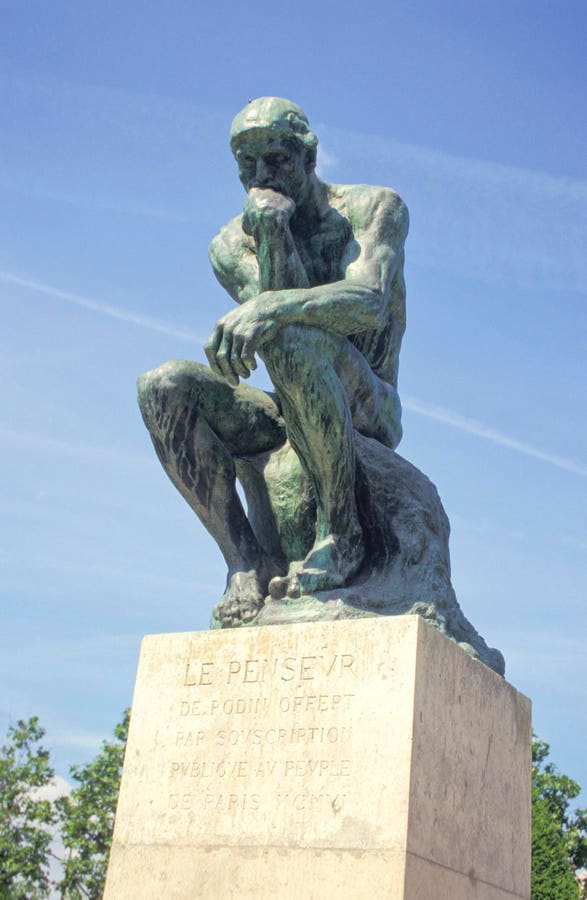If you’ve heard too many people declare “We’ve got to think in new ways” too many times, you’re probably not in the mood to hear it again. Unless, of course, the next person who says it can tell you what, exactly, they mean by that.
Before – and not until – someone can explain what “thinking in new ways” means, it means nothing other than a realization that the way we’re thinking now isn’t good enough.
But that’s only halfway home. Recognizing the problem is an important step, yet the big step is still to come: solving it.
But wait. It’s not that simple – or easy. Albert Einstein used to say, “If I had one hour to save the world, I’d spend 55 minutes thinking about the problem, and five minutes devising the solution.” Simple, isn’t it? What Einstein didn’t say, though, is (1) when all is said and done, he taught us more about thinking – and thinking about thinking – than he did about physics, and (2) implicit in his remark was a clear distinction about determining what kind of thinking would be needed.
I spent 24 years in corporate and entrepreneurial leadership and management positions, and 26 years – and counting – consulting to corporate leadership teams on, among other things, precisely that: new kinds of thinking. Here’s how I broke down “thinking in new ways.”
8 New Ways To Think
Think Creatively.
Creativity means new, novel, fearless, unencumbered, and curious. It means constantly challenging what we know. It means looking for the next thing or idea, whatever that might be. It means, as Einstein said, “When other people look for a needle in a haystack and find it, they stop looking; I look for more needles.” It also means, as Akia Morita, founder of Sony, said, “Curiosity is the key to creativity.”
Think Proactively.
Don’t wait for a problem or opportunity to get in front of you. If you do, you’ll probably find that it’s really creeping up behind you. Think ahead. Look into the future, not so hard to do if you’re brave enough.
Think Collaboratively.
Learn to think with others. That doesn’t mean you always have to agree. In fact, disagreement is a god thing. It leads to the thesis-antithesis-synthesis model, which not only solves problems, it builds strong teams.
Think Independently and Autonomously.
While thinking collaboratively is critical, thinking independently is, too. Sometimes you just have to cast off all but your own thoughts for the moment in order to be a better collaborator.
Think Holistically.
What’s the whole picture? Einstein used to ask himself, “What’s going on here?” and “What is this a part of?” His willingness to think that way led to his theory of relativity and that of gravitational waves (which took science more than 100 years to prove).
Think Flexibly.
Be ready to add, subtract, or change any of the parts of your thought process. In other words, say “What if?” a lot. This is a crucial part of scenario planning, and of new product ideation.
Think Constructively.
Think about things upon which you can build, foundations of thought to be added upon as you move the process along. This also allows for adding more people to the process as well.
Think Optimistically.
“Pessimism never won any battles,” said General Dwight Eisenhower, who surely knew a thing or two about positivity and winning against the odds. Thinking optimistically is not unrealistic. It is, frankly, the only way victories are achieved.
If you can consciously define the type of thinking you need to do, you automatically get a jump on defining and solving problems or taking advantage of opportunities. You also put your team in position to take firmer grasp of the way(s) you think.
Read the full article here





